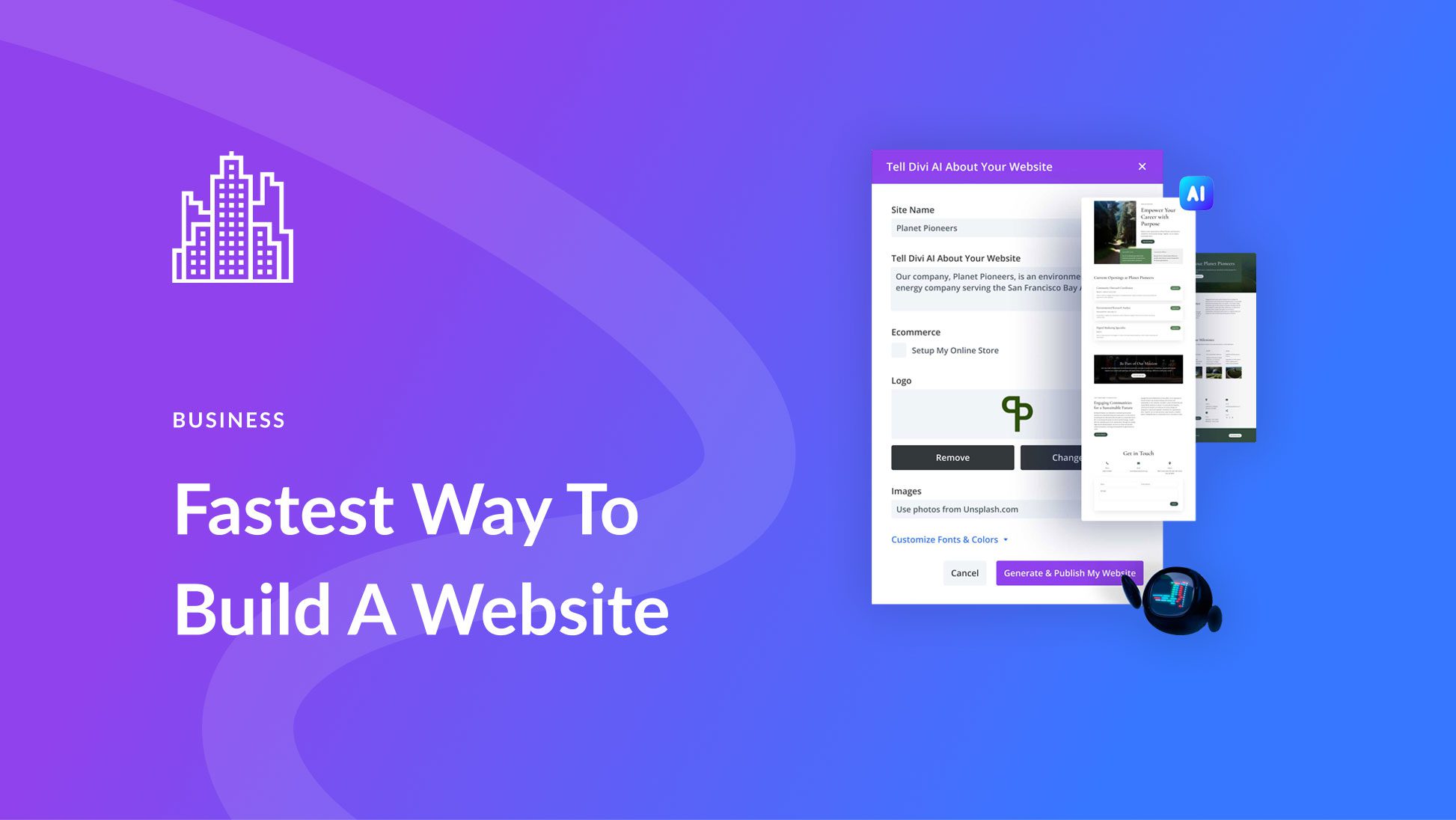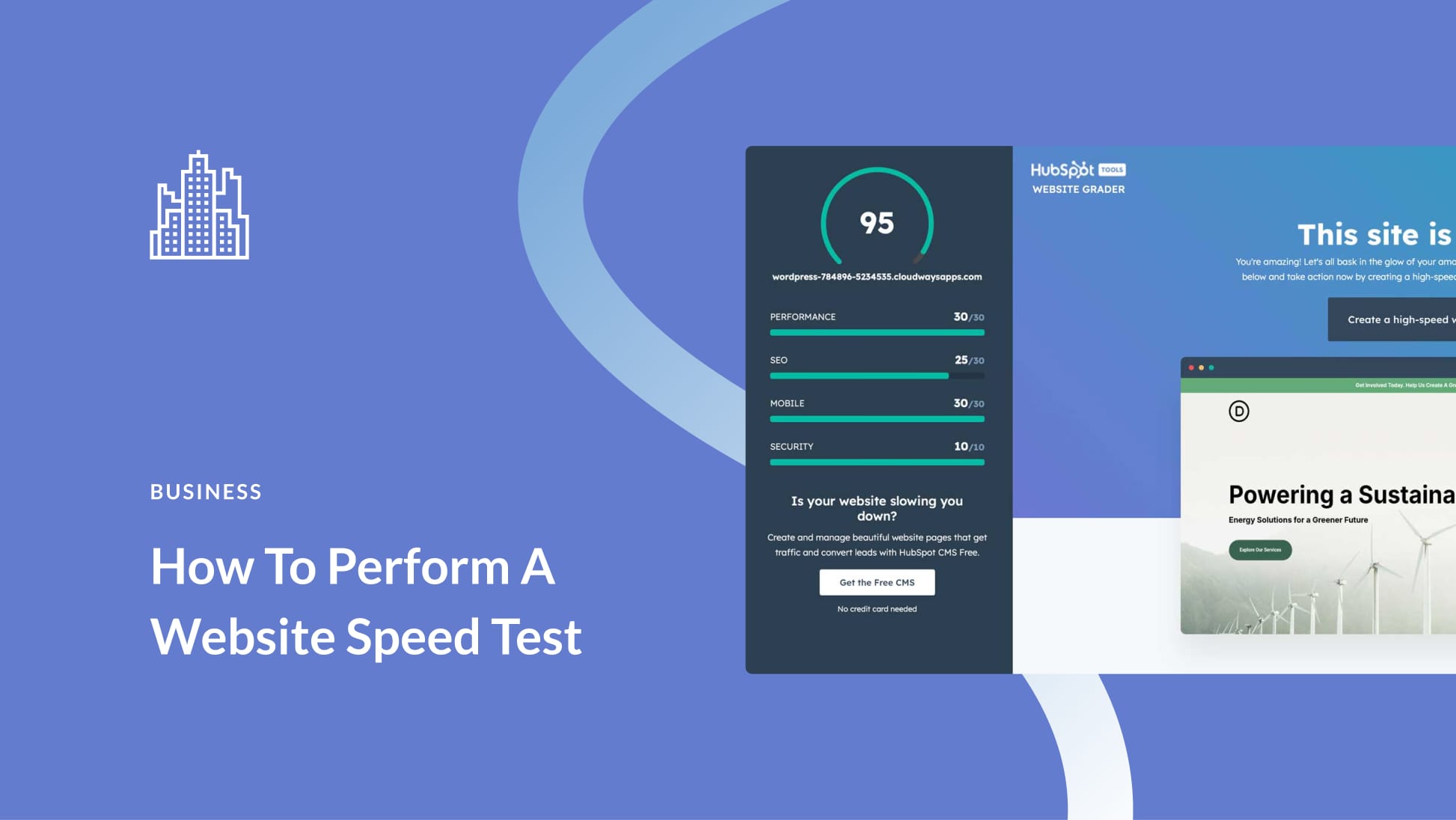A virtual assistant (VA) is someone who performs any number of administrative, creative or marketing tasks for clients. The client may be another VA who needs assistance, an individual or solopreneur, or a company or organization. While some VAs may work a full-time schedule for one major client, many opt to work as contractors or freelancers for several clients at once (though this can also add up to a full-time workload, or even more).
A perk to being a VA is setting your own flexible schedule, but you do have to cater to each client’s needs and schedule, too. Being a VA doesn’t require too much specialty training or equipment to start out, other than admin skills, business savvy and internet know-how. With time, you can specialize in a niche and grow your business to serve high-value clients.
The amount you’re able to earn as a VA will depend on your skillset, depth of expertise and whether you work for a VA company or for yourself. As an entry-level VA with a company, you may make as little as $10 to $12 per hour, which may not be a livable wage, especially if this is your only source of income. If you work for yourself, though, you can charge $20 or more per hour and continue to raise your rate as you develop high-level or in-demand skills.
What Skills Do Virtual Assistants Need?
When wondering how to become a virtual assistant, you may assume that VAs only handle dry admin tasks. That’s part of it (clients don’t want to do those tedious tasks), but you can also offer more advanced services that you really enjoy.
No matter which services you offer, always communicate the value behind the task. Appeal to what the client needs the most. What keeps them up at night? How can you solve that problem for them? Instead of simply stating your services, also talk about why this will help them. Describe what life will look like for them once you’ve handled their email, social media, etc.
Blog Management
To offer blog management as a service, you need WordPress experience. Blogging comes with daily administrative tasks that clients won’t have time for, such as:
- Formatting and optimizing posts to include headers, links and SEO
- Adding images, meta data and captions
- Proofreading drafts and scheduling posts to go live
- Approving, deleting and replying to comments
- Filling out plugin information, like keywords and alternatives in Yoast SEO
- Organizing and updating posts with categories and tags
Customer Service
When clients want you to take over customer service tasks, you’ll have to get up-to-speed on their customer-facing business practices and products. You’ll probably offer customer support via email to do things like answer product questions, process refunds and troubleshoot account issues. You can also suggest they implement a knowledge base that you can write for (they can use a knowledge base plugin).
Email Management
Busy professionals can’t simply ignore their inboxes, but since email management can take up so much time, it’s a top priority that clients need to be handled. Email management includes:
- Deleting, sorting, and replying to email
- Moving emails into clearly labeled folders so the client can quickly tell what takes priority, what needs a response, and which emails are just informational
- Processing emails, approving blog post comments, canceling or renewing subscriptions, and confirming appointments inside a booking plugin
Essentially, you want their inbox as neat and clean as possible for when they check it each morning.
Graphic Design
You don’t need advanced design skills to offer graphic design as a service, so long as you’re honest about your abilities and limitations. With a good eye, basic design skills, and an easy-to-use tool like Canva, you can create graphics like:
- Advertisements
- Featured images for blog posts
- Flyers
- Instagram Stories
- Pinterest Pins
- Postcards
- Promotional material
- Social media profile covers
Social media is one of the first things that fall by the wayside, but that doesn’t make it any less important to the health of a business. Since clients know they should be handling social media but can’t seem to find the time or learn the skills needed, it’s an excellent skill for a VA to develop. Plus, social media management is a higher-tier task that you can charge a bit more for. Like email management, social media management requires consistency, so if you’re going to offer this service to clients, make sure you have the time to dedicate to it weekly or even daily.
Transcription
When a client has a podcast, video, or webinar, your transcription services will come in handy. After transcribing the content, you can turn it into other forms, like blog posts, newsletters, or social media posts. You don’t need any advanced skills for transcription other than the ability to type fast, though you can invest in transcription software if you’ll be doing this for a lot of clients.
Even More Virtual Assistant Tasks to Offer
There are so many more VA services to consider when deciding how to become a virtual assistant, both basic and advanced:
- App development
- Audio, photo or video editing
- Bookkeeping and data entry
- Calendar and schedule management
- Community moderation and management
- Ghostwriting or copyediting
- Keyword research
- Lead generation and outreach
- Programming
- Project management
- Researching
- Travel arrangements
- Website design
How to Niche Down as a Virtual Assistant
At first, you’ll probably be a generalist VA, offering a broad array of general skills. This is something every VA should be able to do. Even when it’s time to niche down, your clients may still need your specialty plus a routine service or two.
As a general VA, you’ll be sort of like the client’s gofer, doing anything and everything they want to be done within your list of basic services. After you’ve done that for a while, you’ll learn which tasks you like and what you’re best at. You can then learn more about those specific niches and develop your skills. Consider creating a sub-niche of your niche, too, to target a specific audience. For example, you can handle email management specifically for photographers or graphic design for wedding vendors.
When you want to develop proficiency in an area – eCommerce customer service, Pinterest marketing, social media advertising, WordPress management, etc. – help is available at all price points. For example, you can learn more about social media marketing by diving into niche podcasts, then take a free certification course, then get an advanced certification that comes with a price tag.
How to Find Work as a Virtual Assistant
Your potential clients are hanging out somewhere online, and it’s your job to figure out where that is. Are they on Reddit or in another online forum? Do they read articles on specific websites and leave comments? Is there a Facebook group or Twitter hashtag they participate in? Go where they are and offer advice for free. Once you’ve developed a rapport, lightly mention that you’re a VA.
Also consider connecting with other VAs online, like in social media communities. Experienced VAs may turn away work, and if they have you as a contact, they could send some clients your way.
Job boards will also have listings for VAs, or listings for other services that you perform, like social media marketing. If you’re a good fit for the role, even if it doesn’t mention “virtual assistant,” apply. The client may need some of the additional services you offer on top of what they’re hiring for.
There’s also the option to work for a VA company before branching out on your own. There are pros and cons to this. The company will attract clients for you and pair you with work, but they may set your rate or take a cut of your income. When you’re getting started, though, it’s a good way to learn the ropes and advance your skills without being solely responsible for the client-VA relationship, and you can take advantage of the company’s resources to hone your skills.
How to Find Your Ideal Client as a Virtual Assistant
To build a client list you’re excited about, you have to create a client persona and vet potential clients thoroughly, then move forward slowly and carefully. It’s also a good idea to put each new client through a short trial period, like three months. That way, if one or both of you aren’t happy with how things are working out, you’re not roped into a long contract.
Define Your Ideal Client
Defining your ideal client lets you work with the people you want to work while weeding out the ones who aren’t going to help you grow your career. Build a vision of your ideal client by clarifying the following traits:
- Industry
- Niche and expertise
- Age range
- Entrepreneurial age (startup vs. established)
- Income
- Budget to hire a VA
- Concerns and struggles
- Skills they lack
Also, determine how much you want the client to participate in your work. Asking someone if they’re a micro-manager isn’t going to get you a truthful answer, but knowing your limits will help you decide whether or not to continue the professional relationship.
Use a Client Application Form
Before you officially decide to take on a client, you’ll need to vet them. Otherwise, you could find out deal-breakers after you’ve moved forward with an agreement or contract.
Your client application form will help you learn about your client and identify key tasks they need help with. You’ll also determine what you can’t help them with, which makes it easier to set boundaries and expectations from the start. Gather the following information:
- Full name
- Business name
- Contact information
- Preferred contact style
- Point(s) of contact
- Time zone
- Social profiles and website
- Referral source
- Products/services they provide
- Their target audience/market
- Tasks they need assistance with
- How many hours per day, week, or month they need from you
- Budget for hiring a VA
- Their other VAs you’ll communicate with
You may also want to ask about other VAs or VA companies they’ve worked with in the past and if the experience was positive or negative. This will clue you in to what you need to sell them. For example, if they felt a prior VA was unresponsive, let them know how and when you can be contacted, and make a point to always reply quickly.
Hold an Interview
Always have one phone or video interview before making any final decisions. You can learn a lot about someone by the way they speak. Is the client difficult to pull information from? You may not get the guidance you need to perform your job well. Do they go off on tangents and spin a 30-minute interview into a 90-minute chat? Pad how much you charge for regular communication.
Send a Welcome Package
Once you’ve decided you want to take on a new client, send them a welcome package. Start with something simple for now and then design a branded welcome package when you have the time. Your welcome package should include:
- Your proposal for the services they need, including pricing
- Clear invoicing guidelines, like accepted payment types, billing frequency, and due dates
- Your full services list in case they need to add services in the future
- The agreement or contract for them to review, sign and return
Maintain a Client Database
Every time you connect with a potential client, save the information, including:
- Name and business name
- Contact information
- Contact dates and purposes
- Quoted pricing
- Notes, especially about red flags
It’s common for potential clients to reconnect months or even years down the line. When someone reaches out and says, “I don’t know if you remember me, but…” you can refer to your database and pull up all the info you have on them.
How to Create a Virtual Assistant Website
Get your VA website set up as soon as you can. Even if you’re going to work for a company for a while, your website can attract potential clients, and you’ll have somewhere to direct people when you do start building your own client list. Here are elements that you need on your VA website, along with a few optional elements you can add later on:
- FAQ
- Blog
- About info
- Case Studies
- Testimonials
- Contact page
- Resource page
- Newsletter opt-in form
- Social media links or feeds
- Featured image or gallery
- Pricing for a la carte services and bundles
Especially early on, the most important items from this are clear services pages and opt-in forms. Without these items, you’ll see very few inquiries and you won’t grow your list of interested leads. We recommend using Divi for creating your website and one of these excellent opt-in form plugins that will give you the flexibility you need to create high-converting opt-in forms.
Articles and Blog Posts
To showcase your expertise and attract new clients, provide some free help on your website. Create content that answers questions and solves problems for potential clients. For example, if you offer basic graphic design services, you can write a post about “10 Things to Include on Every Pin” for clients who use Pinterest for marketing.
You’ll never be able to give away everything you know for free, so don’t worry about offering so much that people won’t need to hire you. Often, showing how much you know about a topic makes the potential client think, “Wow, I’ll never have the time to learn that much about it, I better hire that person.”
FAQ and Fine Print
Your FAQ or “How It Works” page should answer client questions about availability, communication methods, invoicing, turn-around time, and any other boundary-setting and workflow information they should have. Once you set those expectations, don’t cave. If months go by and you find there’s a better way to do things, by all means, change your strategy. Until then, though, stick to it.
Setting parameters from the get-go and showing clients that you adhere to them will make them respect you more, and you’ll be able to conduct a life outside of work. If you’re in a niche that has work-related emergencies, come up with a contingency plan that covers how you can be contacted and what constitutes an emergency.
Final Thoughts on Becoming a Virtual Assistant
Becoming a virtual assistant has a pretty low barrier to entry, no advanced equipment or training is needed. Being a VA is a fantastic way to work from home and earn money, and it’s also a great path to figuring out which areas you want to specialize in. Remember that you’re a service provider, not an employee. The playing field is more even than in a traditional employer-employee situation. You choose your clients just as much as they choose their VAs.
Lastly, in order to have a healthy working relationship with a client, you need to be clear on why you’re working with them, not just what you’re doing. Ask about the strategy and purpose behind your tasks. You’ll not only be invested in the work, but you’ll find efficient ways to get the job done. The more integrated you are with the client’s business, the more irreplaceable you’ll be as their virtual assistant.
Ready to get your virtual assistant website up and running? We have a collection of Divi Child Themes for Virtual Assistants!
Featured Image via tanyabosyk / shutterstock.com









These are great tips for those looking to become a VA. I love this advice. So many key points outlined. I will have to pass this on to all my friends that have considered doing this.
I have earned a lot of money from this kind of job. And I must say it helped me a lot to build my career. But also I have few experience like Jilli Rose.
Virtual Assistant job is best for who are struggling. They can earn some money as well as they can do his own job like study or any kind of job.
So I think this is best option for different category person in different way.
I started as a VA in Australia 5 years ago and have not been out of work in that time although there have been ups and downs. I credit my success to working with a great mentor Liz Parker at 121Temps, staying focused on my target market and lots of discipline!
Great article! I have been a VA now for a year and thoroughly enjoy it, I also offer WordPress Website Design as my “niche” if you like because I have been doing that for ten years and didn’t want to stop that but needed to add additional income, so using my past work experience as a PA helped me add in the VA services.
There’s a lot of problems with this post – sounds like the author needs to read up on tax / employment law if this is written for US residents or employers. Many of the tasks described – especially customer service and public facing tasks would make one exempt from being a contractor and make the VA an employee (In the United States). Only working for 1 client is also a checkbox on the “are you an employee” test. This is even more true in California with the passage of AB5, but many of the scenarios described also fail the IRS test for being an Independent Contractor.
Very informative! Thank you…
This is a great introductory blog, however, there are quite a few legalities that you need to consider when starting up as a Virtual Assistant as well – I’m based in the UK and appreciate that not all of these will apply everywhere but it is important to ensure that those considering this option are aware of them….insurance – this is so important to protect both you and your clients; terms of business – you need to be clear on what you are doing for a client, when and how they will pay you; if you are based in the UK you are required to register with the ICO as a data controller; if you work with clients in the EU you need to comply with GDPR (your website/blog will also need to comply – there are also new privacy laws in California.); if you offer any form of financial support to clients in the UK you need to register with HMRC for AML (money laundering) and it is essential that you have business level systems setup to support your business. The average rate for a VA in the UK is £25.00 per hour and if you are working for less than this you may find it difficult to cover your overheads.
There are a lot of issues with this post for US VAs and/or employers too.
Virtual Assistant is a good job. I had done great job but some times I faced payment problem. So if anyone want to do this job be careful about this.
Thanks